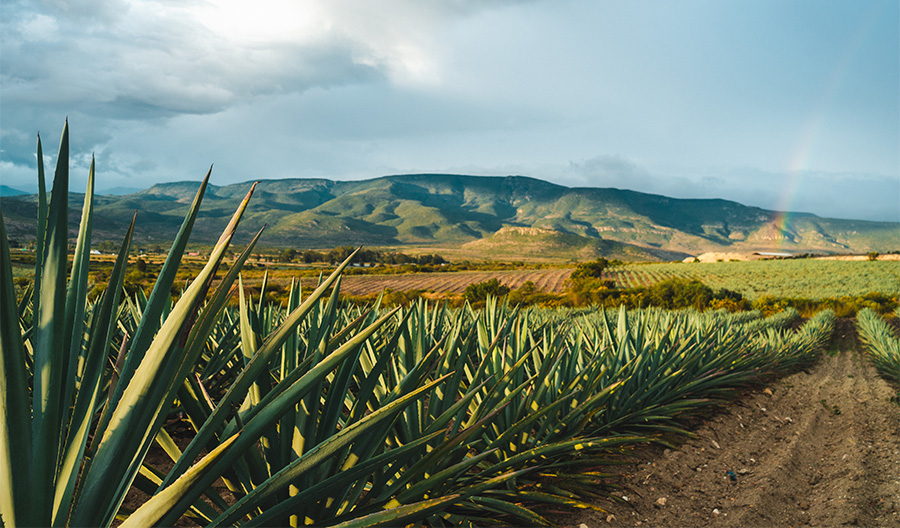You might know mezcal as tequila’s smoky cousin, but it is in fact an ancestor of the world’s most popular agave drink—and “smoky” only scratches the surface of a spirit that is as diverse as the country of Mexico itself. Like wine, each bottle reflects the unique terroir of the region where it was distilled, not to mention generations of family methods and recipes.
Mezcal is about Mexican culture. In Oaxaca, the spirit is present for all occasions, celebratory or somber: Shots are poured at weddings, and mourners drink a specially made batch from prayer candles to honor deceased family members, he says.
One Oaxaca-born owner of restaurants and mezcalerías in California, understands this cultural importance firsthand: His grandfather, who would serve mezcal to locals from a two-table restaurant, gave him his first sip when he was just eight or nine years old. “He told me that one day, Americans are going to taste mezcal and go crazy for it, and you will see mezcal everywhere,” he shares. More than 25 years later, his prediction has come true: The U.S. drinks more mezcal than any country in the world. “That’s what mezcal is about: It connects people, connects times, connects generations, and connects traditions,” he says.
Although it’s booming, mezcal as a category isn’t without controversy. Many in the industry worry that the ancestral spirit will go the way of tequila, falling victim to industrial processes such as autoclaves and the often-draconian governing rules of the Consejo Regulador del Mezcal (CRM). The CRM has regulated mezcal since 1994, but some caution against relying on its classification system, which can include barriers to entry that limit the unique traditions of families who have been making mezcal the same way for centuries. As such, many bottles labeled “destilados de agave” employ the practices historically used in mezcal-making, and prominent producers have opted to drop out of the CRM registration process altogether.
In truth, a definitive guide to mezcal is nearly impossible to write: The spirit is too vast and too varied. With that said, these are the essential things to know about Mexico’s most beloved spirit.

There are very real challenges within the agave-spirit category that are playing out before us, many of which are shrouded in marketing overlay. We aim to inspire our readers to think and look deeper when exploring tequila, mezcal, and other agave distillates.
We certainly can’t solve the many threats facing the agave-spirit industry, but we as consumers and bar professionals have a responsibility to make educated decisions when making choices about what bottles to buy and which brands to support with our wallets. To that end, we are also providing resources to help you make informed choices when navigating the shelves of your liquor store or the back bar of your favorite drinks establishment.
Even within the world of cocktails, sustainability issues are an increasingly important topic. Bar professionals offer their insights on the ways to approach making a lower-waste Margarita, offering techniques that can be applied to a number of other drinks as well.
Above all, we aim to celebrate agave and share our passion for its distillates with you. After all, enjoyment of a spirit increases when your knowledge of it deepens. Join us in raising a glass to the history and future of this cherished spirit.

